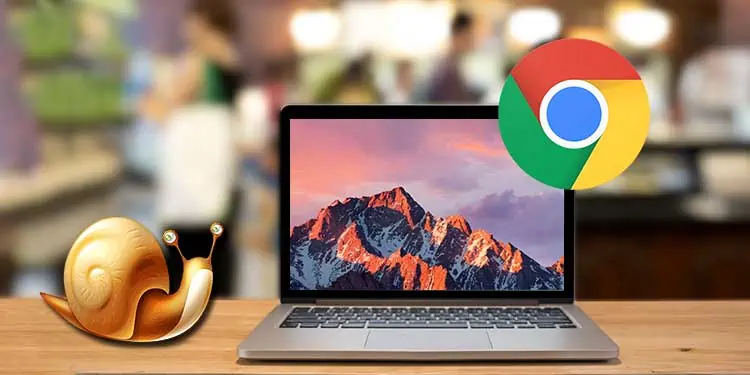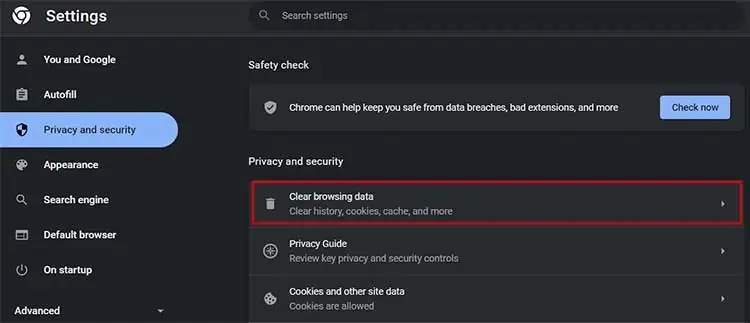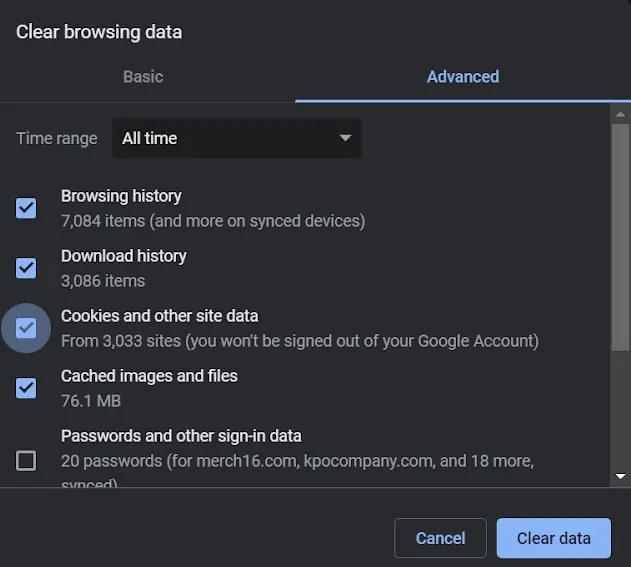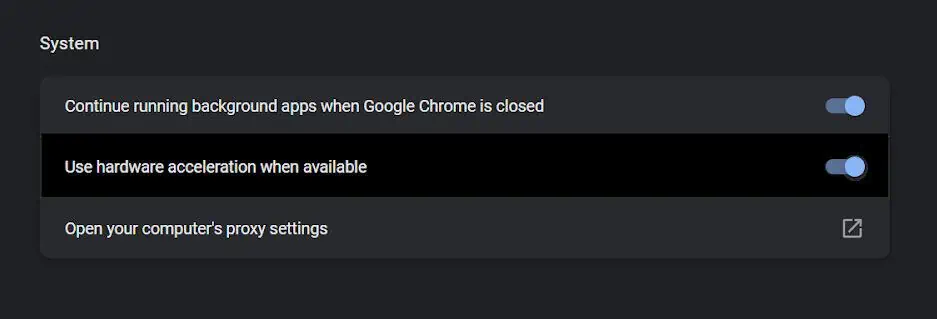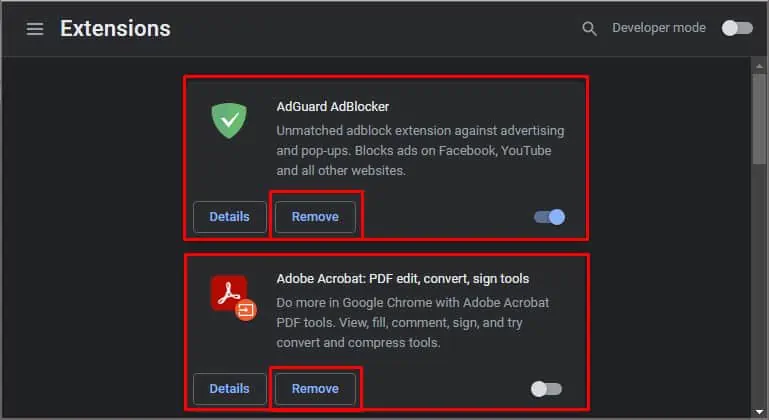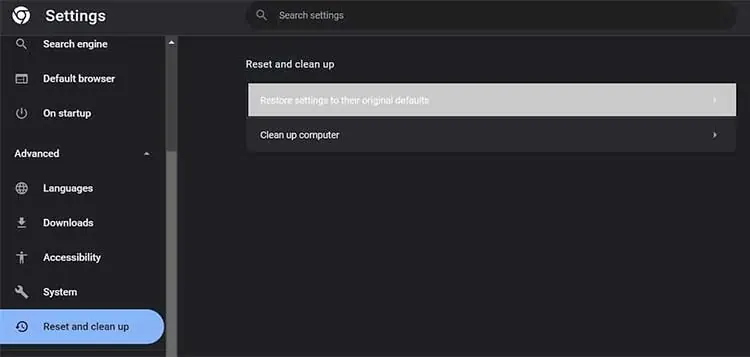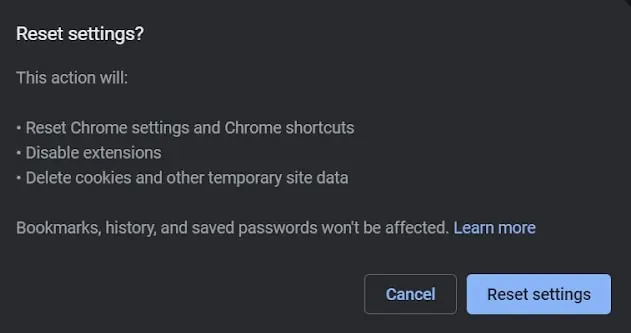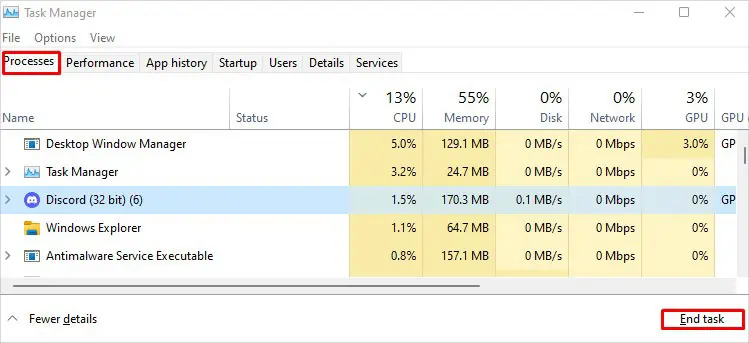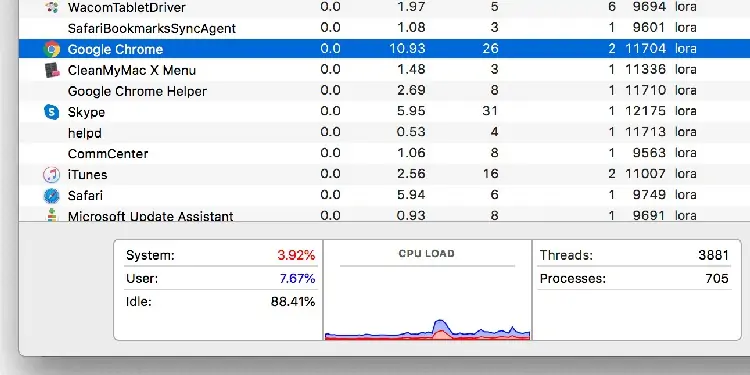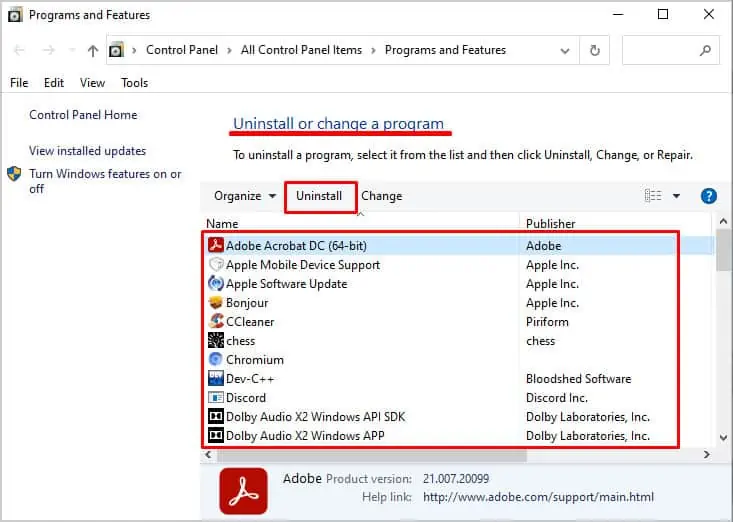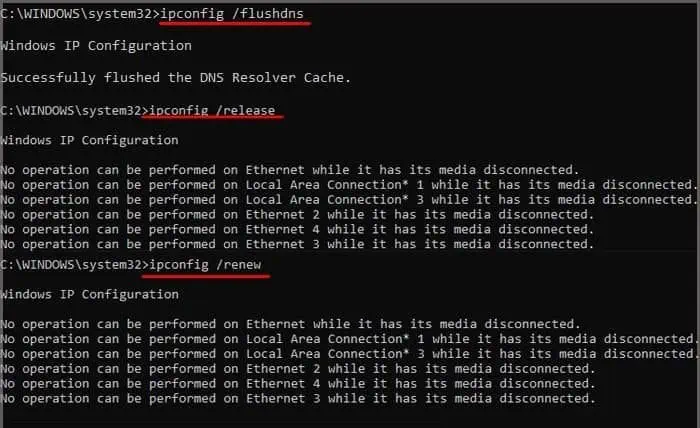Google Chrome has over 3.2 billion active users in 2022. Despite being one of the most popular web browsers, several netizens face input lag and slow performance problems. Often, users wonder what has gone wrong with Google Chrome. Is it because of the browser, or does your PC have major issues?
Well, Google Chrome could be performing slowly due to multiple reasons. The first thing to do is check if your internet is connected. Without a stable connection, your browser can’t function the way it should. Moreover, your PC could be slow, negatively affecting the browser’s speed.
Here, we will explore some useful techniques to help you fix the input lag and slow performance in Google Chrome.
How Do I Fix Lagging in Google Chrome?
The easiest method to improve performance in Google Chrome is updating the browser’s settings. Sometimes, we use too many in-built browser features that can slow down Google Chrome.
Furthermore, you might have changed some settings that currently affect the browser’s input latency. So, it’s important to update them to be compatible with your computer.
Here are the simple methods to fix input lag and slow performance in Google Chrome. Well, these techniques won’t take more than a minute of your time.
Clear Your Browsing Data
When you clear your browsing data, you can get rid of browsing history, download history, caches, and other browser settings. Since it removes most of your unnecessary information, Google Chrome should work smoothly.
Here is the step-by-step guide on how to clear your browsing data on Google Chrome:
- Launch Google Chrome. If your PC has multiple users, run the application as administrator.
- Click on the Kebab icon in the top-right corner of the browser.
- Choose Settings and select Privacy and security.
- Next, pick the option Clear browsing data.

- Under Basic, you can select either Browsing History, Cookies, or Cached files.
- If you wish to remove additional data, you can select different options under Advanced.

- After your selection is complete, choose Clear data.
Disable Hardware Acceleration
When the Hardware Acceleration feature is turned on, our computer’s hardware handles operations quicker than usual. Thus, it helps boost our CPU’s performance allowing us to enjoy a lag-free system.
However, turning on the feature without even needing it might slow down the browser. We have mentioned basic steps of how one can fix input lag and slow performance on Google Chrome below.
- Launch Google Chrome and visit the browser settings.
- Under Advanced, choose System.

- Now, deselect the Use hardware acceleration when available option.
- Finally, click on Relaunch to restart the browser.
Disable Few Google Chrome Extensions
Using tons of Google Chrome Extensions will slow down your browser. Although these programs improve the browser’s functionalities, we recommend you disable a few of them. Here’s how you can fix input lag and slow performance by disabling some of your extensions:
- Open your Google Chrome application.
- Click on the Kebab icon, and under More Tools, select Extensions.
- Now, a window will open showcasing all your Google Chrome Extensions.

- To disable one of the programs, simply drag the slider to the left.
- If you want to remove the application permanently, choose Remove.
- An alert box will appear. Again, select Remove.
- Now, a Google Form will open. Type the reason you are deleting the extension here.
- Finally, click on Submit.
Restore Google Chrome Settings to Defaults
Sometimes, we change the Google Chrome settings accidentally. This will bring certain impacts on the browser, making it slow.
Therefore, we can clean up and restore the browser settings to their defaults. This feature removes all the agents creating input lag problems in Google Chrome.
Follow this guide to learn how to restore Google Chrome settings to their default:
- Firstly, open your Google Chrome settings.
- Under Advanced, select Reset and clean up.

- Choose Restore settings to their original defaults.
- Finally, click on Reset settings and restart your browser.

Find And Remove Harmful Software
Undoubtedly, harmful software is a key agent that slows down our browsers. These programs keep changing the browser settings without our permission.
Well, most of us get attacked on the internet with malware. This harmful software is automatically installed on Google Chrome whenever we click on popup ads.
These unwanted programs are probably the reason behind the continuous lagging on our browsers. Here are the basic steps of how to remove these viruses from Google Chrome:
- Visit Google Chrome’s Settings.
- Click on Advanced and choose Reset and clean up.
- Next, select Clean up computer.
- Finally, click on Find.

This feature will now scan through your browser and remove all the harmful software.
Reduce the Number of Tabs
Has Google Chrome ever frozen your entire computer? Well, that’s because the browser is known for its high RAM usage. So, if your PC doesn’t have high RAM, you are likely to face slow performance.
Now, the best method to solve this issue is by reducing the number of tabs while using Google Chrome. This is because some sites take up tons of memory. Hence, accessing such multiple web pages might create input lagging.
Check for Google Chrome Update
If none of the techniques help fix input lag and slow performance in Google Chrome, you should check for an update.
Generally, some bugs and errors slow down our browser without our knowledge. Thus, updating our browser fixes such issues and brings Chrome back to life.
The following steps will assist you in checking and updating your Google Chrome to the latest version:
- Open Settings on your Google Chrome browser.
- Select About Chrome.
- As soon as you click the button, your browser will check for an update. If available, Chrome automatically installs the latest version.

- Once the update is complete, select Relaunch.
End Unnecessary Background Processes
Every time we use our PC, several applications run in the background. Among them, few services take up large memory that slows down the entire system, including Google Chrome.
On Windows
In Windows, we can simply end the background tasks using the Task Manager. However, we mustn’t close the vital system processes for the PC to run. Instead, we can check for third-party apps that use large disk space.
Here’s how you can end unnecessary background processes via Task Manager on Windows:
- Right-click on the Start Button and choose Task Manager.
- Now, check for the background processes that use large memory space.

- Select a program and right-click on it.
- Finally, click on End Task.
- Follow the same process and try to end as many processes as possible.
On Mac
In Mac, we can kill the background processes using several methods. Here’s one of the techniques to resolve Google Chrome input lagging on Mac:
- Open the Activity Monitor app on your Macbook.
- From the Process Name list, find the apps that consume high memory.

- Click on the close icon to end the process.
- Now, you get an option to either Quit or Force Quit. Select Quit to safely end the process. Else, select Force Quit, which ends your program immediately.
Uninstall Unused Applications
While using the internet, we download random apps for a specific purpose but do not use them frequently. In fact, some programs remain unused for months.
Such applications can also slow down the PC, harming Google Chrome’s performance. Therefore, we recommend you remove them.
On Windows
These are the basic steps you should follow to uninstall the unused apps on Windows:
- Visit Control Panel on your PC.
- Under Program, select Uninstall a program.

- Find the applications you don’t want to keep.
- Right-click on the program and select Uninstall.
- Repeat the process and try to remove as many apps as possible.
On Mac
- Open Launchpad from the macOS dock.
- Now, determine the app you’re going to remove.
- Press and hold it until the delete icon appears.
- Click on the Delete button and confirm your action.
Fix Network Issues on Command Prompt
If neither of the solutions fixes Google Chrome’s performance, high chances are your PC has some network issues. So, you can fix these problems on your computer’s terminal.
On Windows
Follow these basic commands step by step to speed up your browser on Windows:
- First, open Command Prompt on your PC and run it as an administrator.
- Type the following command and press Enter after each command:
ipconfig /flushdns
This will flush DNS records from the cache.ipconfig /registerdns
This command helps to register DNS addresses in a Domain.ipconfig /release
This command helps to release IP addresses.
ipconfig /renew
This command will renew the current IP address.
netsh int ip reset
This will troubleshoot your computer’s network.netsh winsock reset
This command resets the cache present on your computer’s network.

